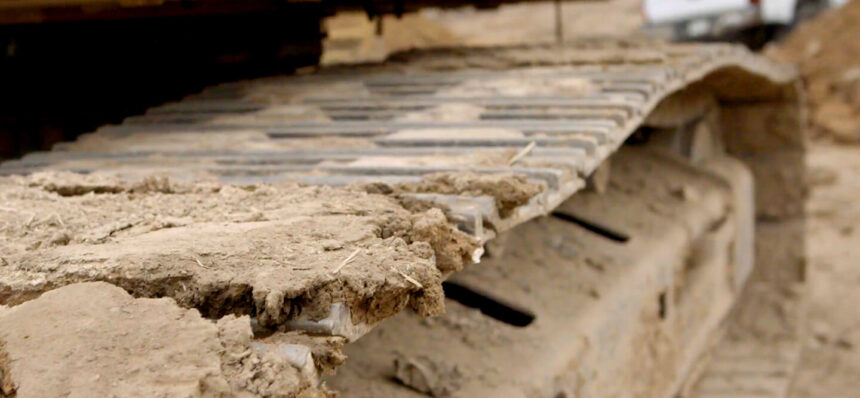Construction Technology – Notes On The Complexities Of Crafting Wearable Construction Technology
Before dipping into the uses and benefits of wearable technology in construction, let us pay homage to the behind-the-scenes workforce. After all: What good is faulty wearable construction technology? How helpful is an erratic real-time construction communication solution? How worthwhile are miniaturized wearable safety devices that cannot endure the:
- -Vibrations of heavy construction equipment
- -Accumulated dust of a grinding operation
- -Long-term repetitious submersions in water, oil and perhaps even paving tar
- -Dust in a grinding room
- -Communications interference common to particular transmission mediums
- -OR Layers of dried concrete?
In crafting wearable technology capable of standing up against the rugged working conditions common to construction operations, engineers, programmers and hardware developers must overcome many basic obstacles. And harsher environments make for even more complex functional problems. Someone has to figure out how to minimize the accumulation of industrial oil film on mobile camera lens. Another may be tasked with coming up with a means to radiation-harden consumer-grade electronic parts.
According to Georgia Tech, it’s about crafting wearable technology for real world conditions (Gerogia Tech, Workship, Spetermber 2015, Osaka, Japan "Wear and Tear: Constructing Wearable Technology for the Real World"). And now you know the rest of the story.
Construction Technology – Secured By Wearable Safety & Communication Solutions
Wearable computers mark a remarkable innovation in modern construction technology. Known as body-borne wearable technology, these miniature electronic devices fit under, on or in the wearer’s clothing, boots, glasses and more. Consider how the use of construction management software increases project efficiency. Combine with that the power of cloud services to enable access to a full range of documents, reporting and data tracking assets. And then factor in the value of miniaturized wearable safety and communication devices.
Technology that offers real-time machinery feedback and updates is almost now old hat. Wearable construction safety technology not expands that power to the workforce as well. Even as researchers at Virginia Tech College of Engineering work to introduce safety helmets with the capacity to monitor the blood gas saturation levels of the wearer, the techs at Human Condition seek to craft special helmets and vests that combine impact sensors to an airbag collar in the vest, thus helping protect construction employees from the number one cause of construction industry safety incidents. Other in the works or already available wearable construction safety technology includes:
- -Helmet-based temperature sensors designed to prevent employee heat stroke
- -Smartwatches designed monitor worker health levels in multiple manners while also providing hands-free communications
- -Smart glasses capable of providing live-feed video
- -Footwear crafted to detect temperatures, incorporate GPS worker positioning, and that actually harness the energy produced in the very process of walking
- -Wearable technology in various formats that enable rapid flagging of possible safety issues, automated employee movement tracking, and even systems that immediately communicate when an employee slips or falls.
It’s Wi-Fi on the fly, enabling quality construction operations management software uses with advanced tools in real-time project operations while also enhancing control over employee safety. Click here to learn how Assignar workforce and asset allocation and planning productivity and safety solutions can help you reap higher benefits out of current and emerging wearable construction technology.


